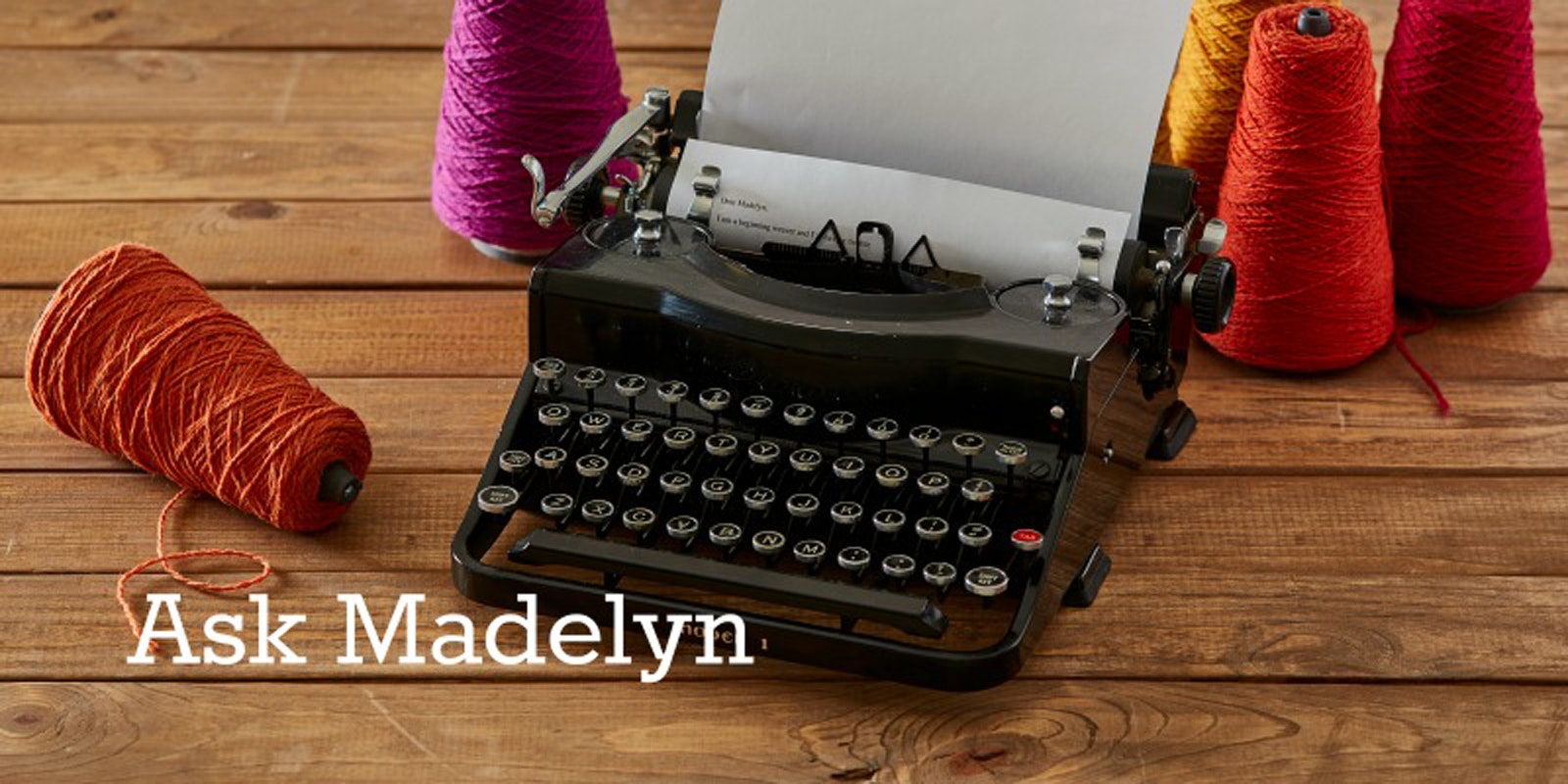I have a pattern that I’d like to use that calls for 8/2 cotton. However, my best quality cotton is 22/2. What substitutions do I have to make in terms of ends per inch, reed size, etc? Thank you very much! Louise
Hi Louise!
Are you sure your 22/2 yarn is cotton and not cottolin? If it’s cottolin, that yarn (22/2) is almost exactly the same thickness as 8/2 cotton (3,360 yd/lb for 8/2 cotton, about 3,300 yd/lb for 22/2 cottolin). Cottolin numbers (22/2) are usually given following the linen count system, not the cotton count system. If you do have 22/2 cotton, the yarn would be very fine, (finer than our more common 20/2) at about 8,900 yd/lb using the cotton count system.
If your yarn is cottolin, you can sett it at the same number of ends per inch as for 8/2 cotton (20 epi for plain weave). If it is cotton, you will need to choose an appropriate sett for that very fine yarn (about 40 ends per inch for plain weave, closer for twill). Once you know the sett, you can determine the reed you’ll need and the sleying order (4/dent in a 10-dent reed would work for 40 epi). Then, you’ll have to calculate how many ends you’ll need for the width you want. (400 ends for a 10-inch weaving width in the cotton, for example). And finally, you’ll have to choose the number of threading repeats that brings you closest to that number of ends. If the threading repeat consists of 36 ends, for example, threading it 11 times equals 396 ends.
Whenever you have questions about yarn substitutions, the first thing to do is to consult the Master Yarn Chart. It shows every yarn that has ever been used in Handwoven. The yd/lb and appropriate setts are given for each yarn. The setts include three numbers: the center number is the number of ends per inch for a balanced plain weave. The other two numbers (more open for lace, closer for twill) are guesses and depend on the desired hand of the lace and the length of the floats in the twill. Sampling is always the best way to determine any ideal sett, but these numbers will get you close if not spot on. You can also hold an unknown yarn up to the photo in the chart to check that yours is the same thickness as the one in the photo.
I hope this helps, Madelyn

